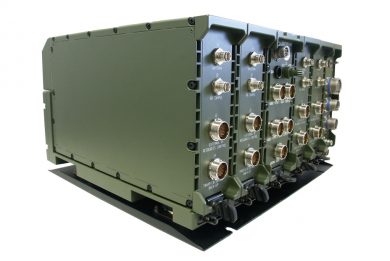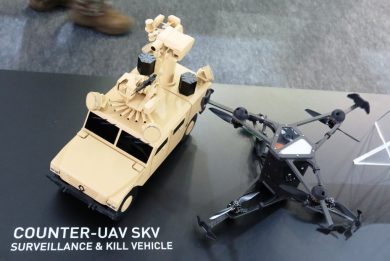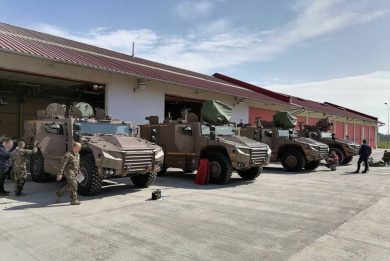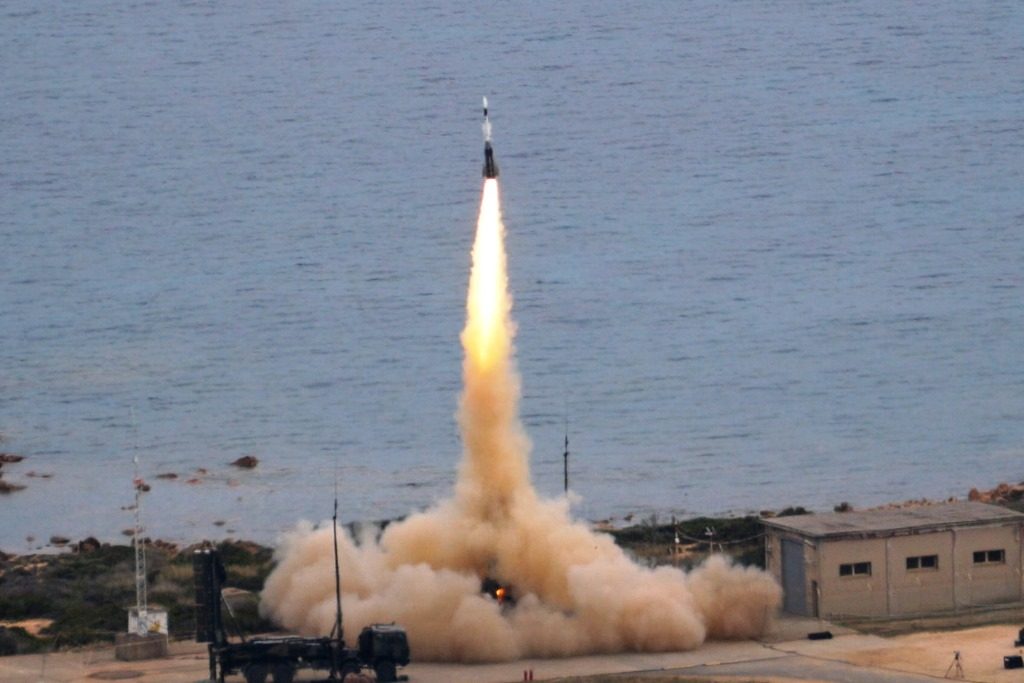
The new generation munition
The SAMPT/NG will use a further evolution of the Aster 30 B1 NT munition, known as “Enhanced Capability”, which development is part of the SAMPT/NG contract signed in March 2021. The current SAMP/T system uses the Block 1 variant of the Aster 30 munition.
The Aster family, which also includes the shorter-range Aster 15, was developed as a dual stage missile concept featuring a common terminal stage, also known as ‘dart’, with a Ku-band seeker, while the booster stage comes in two different versions, a shorter one for the Aster 15, with a range in excess of 30 km, used in both naval SAAM and PAAMS self-defence systems, and a longer one for the Aster 30, with a range in excess of 120 km, used in both PAAMS and in the SAMP/T, the latter in the aforementioned Block 1 variant. This incorporates and combines a proximity fuse and a blast fragmentation warhead effective even against hard targets including Tactical Ballistic Missiles (TBMs). According to MBDA, and as demonstrated in operational firings, the current Aster 30 Block 1 is capable to deal with TBMs in the Scud class with a 600 km range.
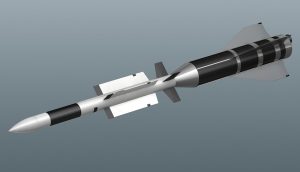
The Aster B1 NT will be capable of coping with TBMs with multiple warheads.
French and Italian MoDs are currently funding and supporting the development of the Aster 30 Block 1 NT munition. This evolved version features a new enhanced weapon controller and a new seeker operating in the Ka band, while retaining the same size, mass, and booster, allowing the use by all current launchers for both land and naval applications. Developed and provided by Thales seeker division with the support and components by MBDA seeker division in Italy, the B1 NT seeker together with new weapon controller by MBDA brings increased target acquisition range and the capacity to acquire targets with a lower radar cross section and thinner angular resolution for increased target localization accuracy, thus significantly improving direct impact probability. Offering also larger defended areas footprint and full compatibility and interoperability across ground and naval systems, all these features allow the B1NT to cover the entire SRBM (Short Range Ballistic Missile) threat domain as well as the MRBM (Medium Range) domain up to 1.500 km range. Moreover, the B1 NT will be capable of coping with TBMs with multiple warheads as well as those with terminal guidance, used in anti-ship ballistic missiles (ASBM), while the combined use of Ku- and Ka-band seekers will provide increased ECM resistance.
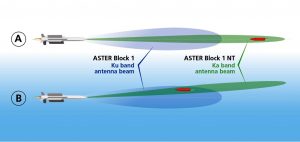
The Aster 30 B1 NT missile will be able to deal with threats “such as tactical ballistic missiles”.
The introduction of new generation, longer-range multi-function radars, and more capable command and control modules, have pushed the two MoDs to further improve the capabilities and performances of the Aster 30 B1 NT to fully exploit the sensors range and system enhancements. Neither the customers, OCCAR, or the industrial team released any additional information about future threats that are to be countered by the EC (Enhanced Capability) evolution of the Aster 30 B1 NT missile, except that it will be able to deal with threats “such as tactical ballistic missiles, cruise missiles or aircraft that will become more rapid, more furtive and more manoeuvrable in the years to come”. EDR On-Line understood that a wider spread of more capable short- and medium-range ballistic missiles as well as higher speed weapon systems, such as supersonic and hypersonic, are among the key threats to deal with, together with better achievements on current ones.
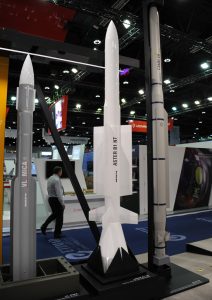
To counter them, the industrial team, which includes an important contribution of MBDA Italia, is working to obtain a longer range of intercept. No further details were released, but EDR On-Line understood that without propulsion modifications, the longer range and higher altitude engagements are obtained through optimized flight trajectories provided by a new software release for the new weapon controller computer, navigational sensors enhancements and new longer-life batteries for both the computer and navigation systems to cope with higher altitude and longer flight-time.

